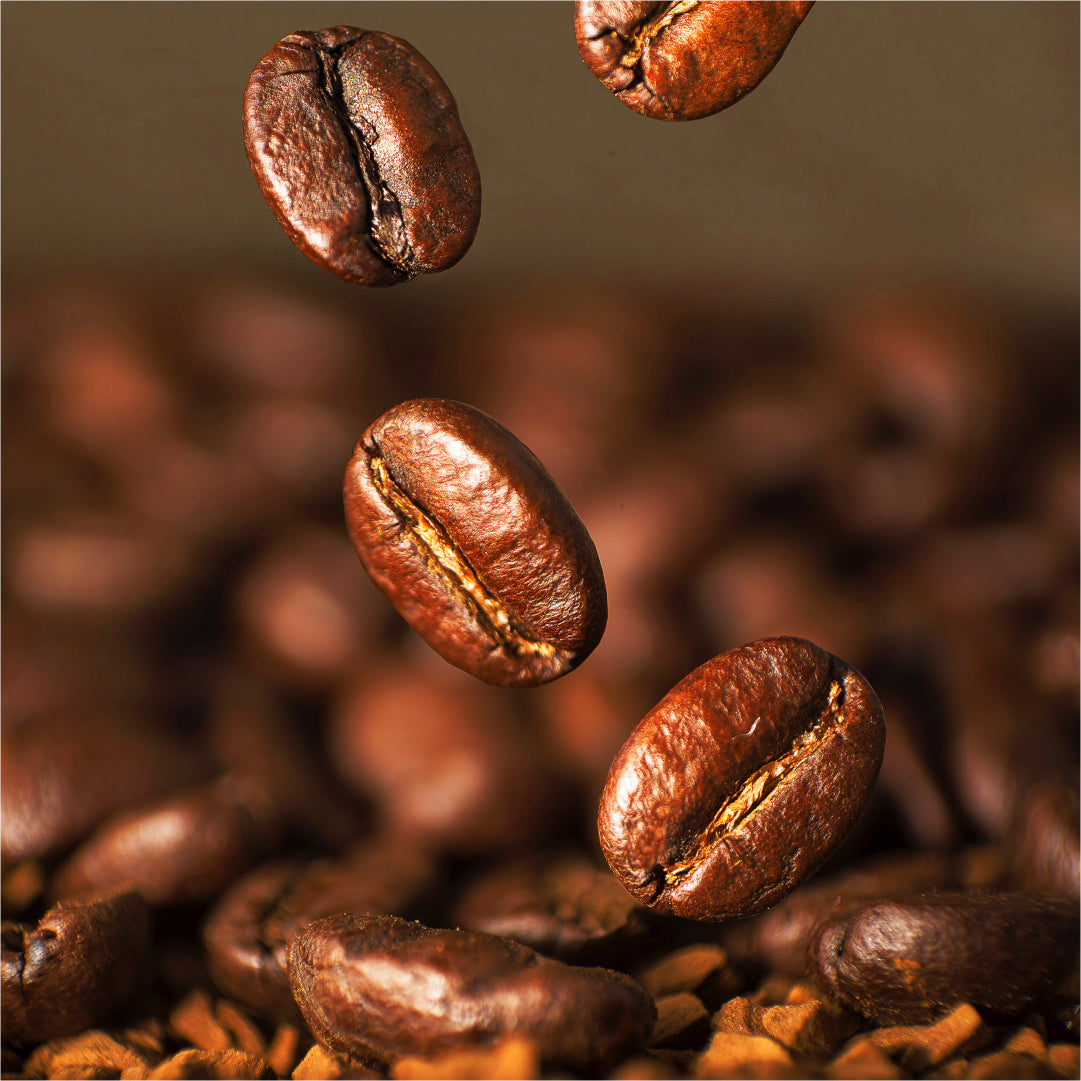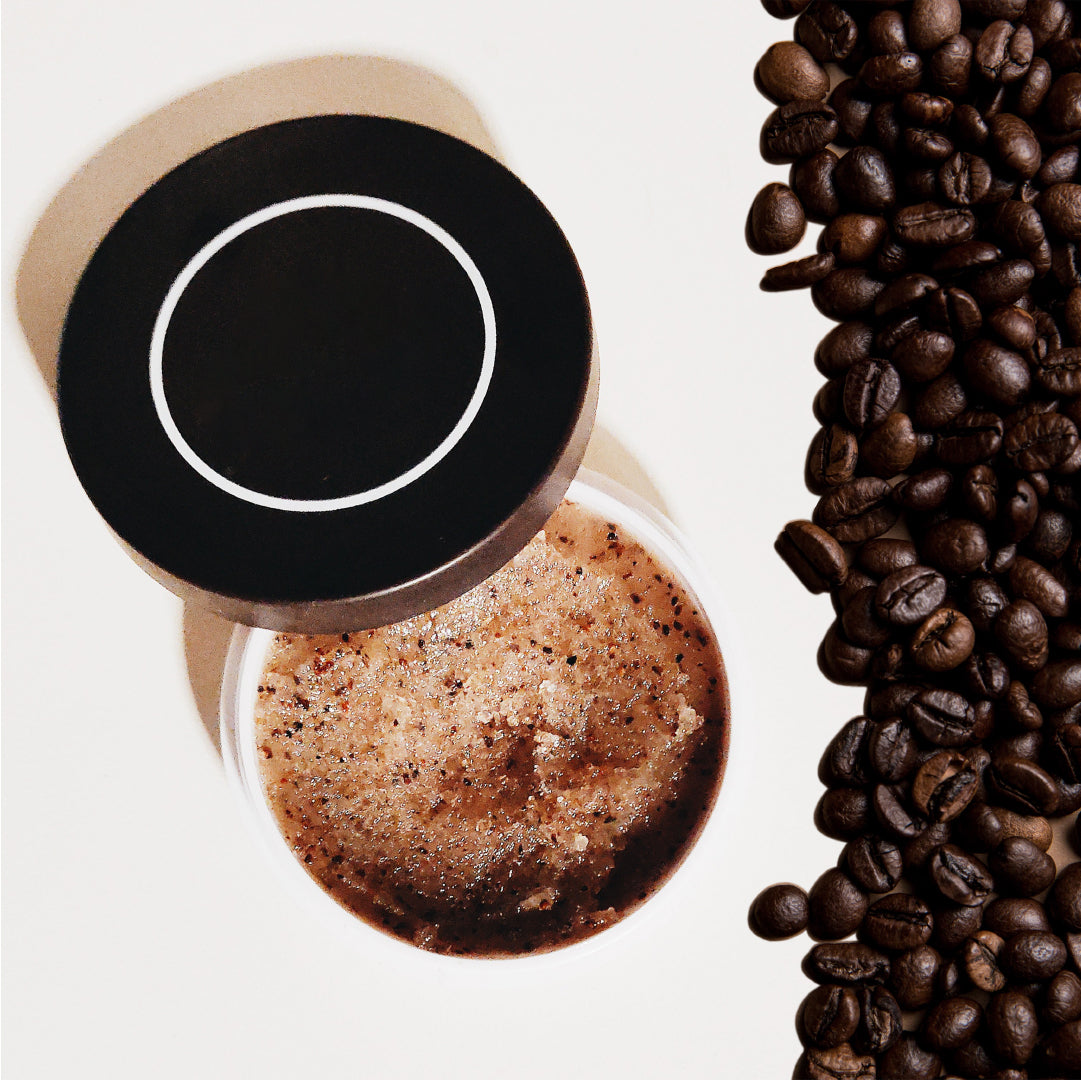
From the United States to France to Brazil to Morocco, coffee continues to be one of the world’s most popular, widely consumed beverages. And a word that is often used by coffee lovers is “arabica” — as in the coffee beans that come from the ubiquitous arabica plant. But next to arabica beans, the most widely produced coffee beans are robusta coffee beans. And the market for robusta coffee is vast and expansive. Robusta coffee was once unique to Sub-Saharan Africa, but it now enjoys international distribution and accounts for around 40% of the world’s coffee production.
What are robusta coffee beans?
A bean derived from the coffea canephora plant native to Sub-Saharan Africa, robusta coffee contains twice as much caffeine as arabica coffee. While an arabica coffee bean typically contains around 1.2-1.5% caffeine, a robusta coffee bean generally contains around 2.2-2.7% caffeine.
Many coffee lovers much prefer arabica coffee, while others swear by robusta coffee. And that isn’t to say that enjoying one automatically rules out enjoying the other. In fact, it isn’t uncommon for coffee to be made from a blend of robusta and arabica beans. Lavazza’s Crema e Gusto, for example, is 70% robusta/30% arabica.
What does robusta coffee taste like?
Because robusta coffee beans have less sugar and more caffeine than arabica coffee beans, robusta coffee is known for having a stronger, less mellow, more bitter taste. But how much one enjoys robusta coffee compared to arabica coffee really depends on the person’s tastebuds. What is bitter to one person is described as “hearty,” “rich,” “bold” or “full-bodied” by those who crave robusta coffee. It’s a matter of personal preference.
For robusta coffee growers, a major advantage of the bitterness in robusta beans is the fact that pests are more likely to shy away from it because they don’t like its bitter taste. But there are ways to make robusta coffee less bitter while maintaining some of its hearty richness — namely, drinking it with milk and sugar. Robusta coffee can work well in gourmet coffee beverages such as a cappuccino or a caffè latte (“latte” is the Italian word for “milk”).
A look at the robusta coffee plant
Robusta coffee is made from the beans of the coffea canephora plant, which is also called the robusta coffee plant or coffea robusta plant. Although the plant originated in Sub-Saharan Africa, it has long since spread to other parts of the world — including Asia, South America and Central America. The world’s largest robusta coffee producer is now Vietnam, followed by Brazil at #2, Indonesia at #3 and India at #4. The world’s top 13 producers of robusta coffee include some African countries (Uganda, the Ivory Coast, Cameroon and Madagascar), but others in the top 13 range from Brazil and Guatemala to Malaysia, Thailand and the Philippines. Madagascar is famous for growing vanilla, making it a great place for vanilla-flavored robusta coffee.
 Robusta Coffee Plant
Robusta Coffee Plant
One of the things that has encouraged the coffea canephora plant to spread to so many different countries over the years is its resilience. The plant is resistant to pests and disease, and it can easily withstand full sun and temperatures hotter than 86° Fahrenheit/30° Celsius. Nonetheless, the coffea canephora plant needs a lot of water to maintain its health.
Although the plant can grow as tall as 32 feet/10 meters in the wild, it is pruned to heights around 16 feet/5 meters when grown for commercial production. The plant produces white flowers that have a jasmine-like scent, and its cherries turn a deep red when they ripen. Each ripe cherry usually contains two robusta coffee beans.
Benefits of robusta coffee
Robusta coffee has some advantages over arabica coffee: coffea canephora plants are more resilient than arabica plants, they mature faster, and they produce more coffee beans. The fact that robusta coffee plants are easier to grow and require less effort than growing more delicate arabica plants makes robusta coffee less expensive. Some coffee brands that use arabica beans have found that they are able to lower their prices when they combine them with robusta beans and offer an arabica/robusta blend. Another benefit of robusta coffee is how well it works when used for espresso.
Robusta coffee health benefits
Robusta coffee has its share of health benefits. Robusta beans are full of antioxidants, and in some countries, robusta coffee has been used as a folk remedy for maladies that include asthma, headaches, jaundice and opium poisoning. Because of robusta beans’ acidic content, they are used in facial masks to remove dead cells and excess oils.
Although arabica remains the world’s dominant form of coffee, the market for robusta coffee is by no means a small one — 40% of the world’s coffee production is not an insignificant amount. And those who appreciate its hearty intensity can attest to the fact that robusta coffee continues to be an enduring niche all over the world.









Share:
3 Simple and Chocolatey Espresso Brownie Recipes (including Vegan options)
10 Easy Coffee Recipes to Make With the EspressoWorks 10-Pcs Machine